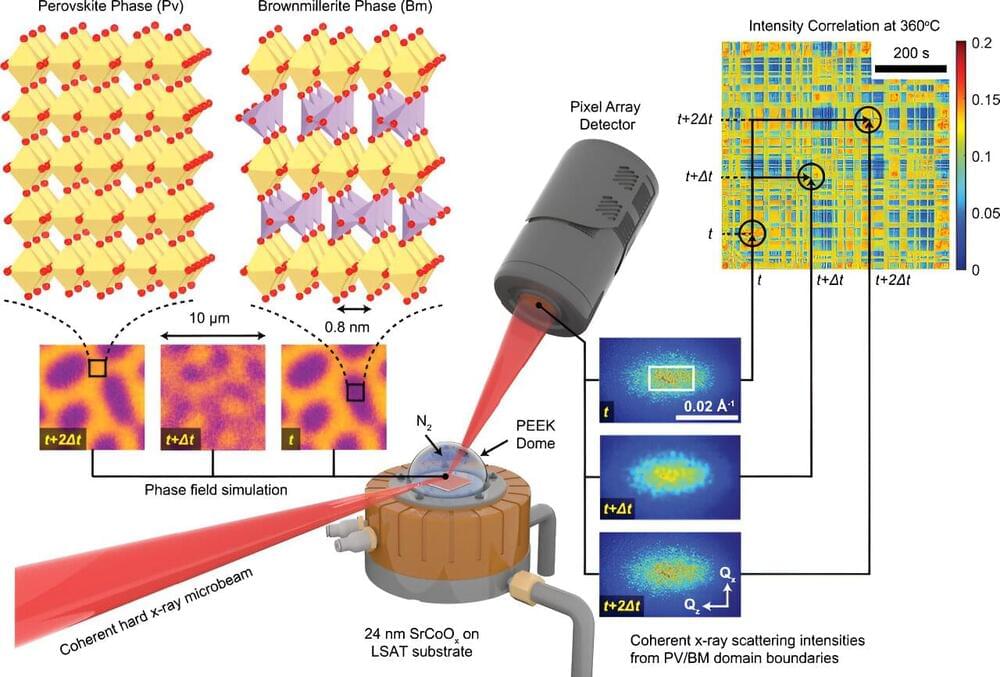Artificial intelligence (AI) has the potential to transform technologies as diverse as solar panels, in-body medical sensors and self-driving vehicles. But these applications are already pushing today’s computers to their limits when it comes to speed, memory size and energy use.
Fortunately, scientists in the fields of AI, computing and nanoscience are working to overcome these challenges, and they are using their brains as their models.
That is because the circuits, or neurons, in the human brain have a key advantage over today’s computer circuits: they can store information and process it in the same place. This makes them exceptionally fast and energy efficient. That is why scientists are now exploring how to use materials measured in billionths of a meter— nanomaterials—to construct circuits that work like our neurons. To do so successfully, however, scientists must understand precisely what is happening within these nanomaterial circuits at the atomic level.
